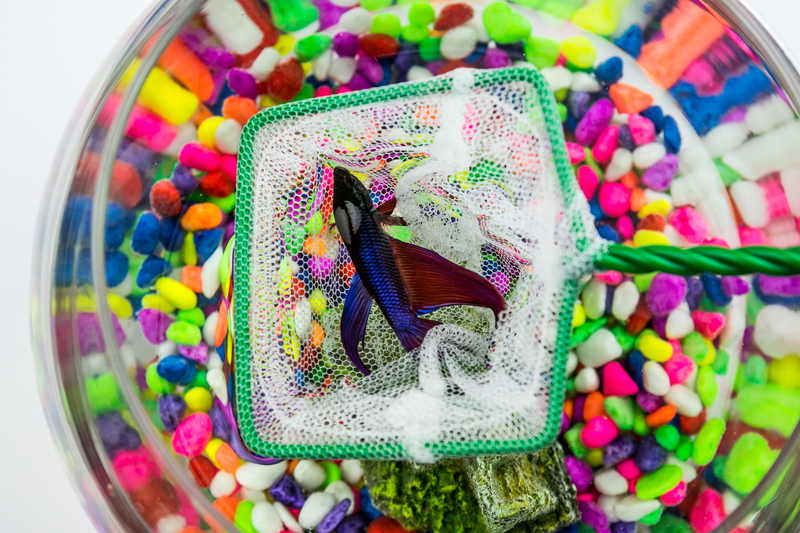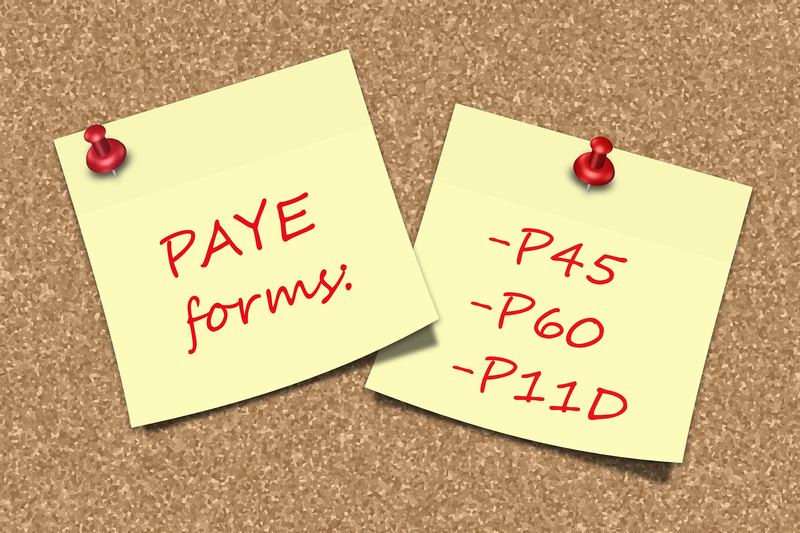How to Prioritize What to Pack First When Moving: The Ultimate Guide
Moving can be both exciting and overwhelming. Among the many decisions you need to make, figuring out how to prioritize what to pack first when moving is crucial to ensuring a smooth transition. Proper packing order not only saves time but also reduces stress during your move. This comprehensive and simple-to-follow guide will explore effective strategies for packing, offering expert tips and actionable steps that make your moving process easier and more organized.

Why Packing Order Matters: The Benefits of Packing Smart
Many people underestimate the importance of what to pack first for a move, often resulting in wasted time, unnecessary stress, and even misplaced items. Prioritizing the right items early in the process can help you:
- Stay organized throughout your move
- Reduce last-minute packing chaos
- Avoid packing essential items too soon
- Protect fragile and valuable belongings
- Facilitate easier unpacking in your new home
Understanding Your Needs
Every household is unique, so your packing priorities may differ. Consider factors such as your family size, lifestyle, daily routines, and the distance of your move to create a personalized approach to prioritizing your packing process.
How to Start: Assessing and Planning Your Packing Priorities
Before you fill your first box, take time to create a solid packing strategy. The more planning you do upfront, the less stressful packing becomes. Here's how you can begin:
1. Make a Comprehensive Inventory
- Walk through your home and list items in each room.
- Group similar items together for a clear overview.
- Highlight items you use daily versus items you rarely use.
A thorough inventory is a cornerstone of effective moving prioritization. With everything laid out, you can now decide what to pack first when moving house based on utility and necessity.
2. Set Your Moving Timeline
- Determine your official moving date.
- Create a week-by-week packing schedule leading up to the move.
- Break the packing process into manageable phases.
With clear deadlines, you'll find it easier to stick to your plan and pack in the right order for a move.
3. Gather Essential Packing Supplies
- Use sturdy boxes in various sizes
- Stock up on packing tape, bubble wrap, markers, and labels
- Prepare special containers for fragile or valuable items
Being prepared saves time and eliminates interruptions during the packing process.
What Should I Pack First When Moving? Strategic Packing Order Explained
It can be tempting to start randomly, but the order in which you pack your belongings matters. Use the following prioritized list to guide your efforts:
1. Start with Storage Areas and Non-Essential Items
The best approach for what to pack first is to begin with items you use the least. These are usually found in:
- Attics, basements, garages, and sheds
- Storage closets and spare rooms
- Holiday decor and seasonal items
- Sentimental keepsakes, memorabilia, and rarely-read books
By starting here, you clear out clutter early and make space to pack more frequently used belongings later.
2. Pack Decorative and Non-Essential Household Items Next
- Wall art, picture frames, and mirrors
- Vases, knick-knacks, and collectibles
- Extra linens, towels, and guest bedding
These items serve no functional purpose during your last few weeks and can be safely boxed up ahead of time.
3. Move On to Out-of-Season Clothing and Gear
- Winter coats, boots, or summer swimwear, depending on your move date
- Sports equipment not currently in use
- Unused handbags, hats, or accessories
Prioritize off-season clothing when thinking about how to decide what to pack first for a move.
4. Sort and Pack Books, Media, and Office Supplies
Unless you're reading or using them daily, box up:
- Books and magazines
- DVD collections, video games, old electronics
- Extra office supplies and unused stationery
Label these boxes clearly for easy identification when unpacking.
5. Kitchenware - Start with Little-Used Items
- China sets and serving platters
- Specialty cookware and baking tools
- Excess mugs, glassware, or utensils
Continue to use your daily kitchen essentials until the final days before your move.
6. Children's Toys, Hobbies, and Games
- Pack seasonal or less-favored toys first
- Box up crafting supplies and board games not in use
- Leave out a small selection of favorites for your kids' comfort
What NOT to Pack First: Items to Save for Last
While it's good to make progress early, you'll regret packing indispensable items too soon. Here's what to set aside:
- Daily personal items: Toiletries, medications, and clothing for the final week
- Important documents: Passports, IDs, financial documents
- Essential electronics: Phones, laptops, chargers, routers
- Basic kitchenware: A few plates, cups, and utensils
- Cleaning supplies: You'll need these until your move-out date
- Pet needs: Food, bedding, and favorite toys for your furry friends
Tip: Set aside a "first-night" or "essentials" box for each family member containing what you'll need immediately upon arriving in your new home.
Effective Ways to Prioritize What to Pack First When Moving
Now that you know where to begin, use these expert methods to stay on track and minimize stress:
1. Use a Room-by-Room Packing Approach
This method breaks down your move into manageable sections. Focus on one room at a time, starting with the least essential rooms (like guest rooms or storage areas), then progressing to frequently used spaces. This helps you stay organized and see visible progress as you pack.
2. Apply the Four-Box Declutter Rule
- Keep: Items you use regularly
- Donate: Things in good condition you no longer need
- Sell: Valuables or collectibles worth extra money
- Discard: Broken or unusable items
Packing is the perfect opportunity to declutter. By using this rule, you avoid bringing unnecessary clutter into your new home, making both packing and unpacking faster and easier.
3. Label, Inventory, and Color-Code Your Boxes
When you label your boxes clearly by room and contents, you streamline both the moving process and the initial days in your new home. Bonus tip: Use colored tape for each room so movers can quickly identify where each box should go.
4. Give Yourself Buffer Time
Pack a little each day over several weeks instead of cramming all at once. Starting with the right items early ensures you're not left scrambling to pack must-have essentials the day before your move.
5. Involve the Whole Household
Assign each family member their own packing tasks. Not only does this distribute the workload, but it also ensures everyone's essentials and priorities are respected.
Common Packing Mistakes to Avoid
Even with a plan, it's easy to make mistakes when packing. Be mindful of these pitfalls:
- Packing essentials too early: Always keep daily-use items out until the last day.
- Overfilling boxes: This can lead to breakage or injuries from heavy lifting.
- Forgetting to label: It's easy to lose track of your belongings if you don't clearly mark your boxes.
- Neglecting to declutter: Don't move things you no longer want or need!
- Underestimating time required: Moving always takes longer than expected. Start early to avoid panicking.
FAQs: Prioritizing Packing When Moving
How far in advance should I start packing?
Start packing at least four to six weeks before your move date. Begin with storage areas and non-essentials, saving daily-use items for the final week.
What should I pack last when moving?
Daily necessities, important documents, essential electronics, and vital cleaning supplies should be packed last to ensure they remain accessible until moving day.
Should I hire professional packers?
If your budget allows, professional packers can speed up the process and ensure fragile items are handled safely. However, prioritizing what to pack first when moving is still your responsibility for non-essentials and sentimental belongings.
How can I manage packing with children or pets?
Pack their lesser-used items first, and keep comfort toys, bedding, and snacks accessible. Prepare an "overnight" kit with essentials and involve older kids in their own packing process to help them feel in control during this transitional period.

Final Thoughts: Mastering Packing Priorities for a Stress-Free Move
Organizing your packing order can make all the difference when moving. With a measured approach and smart prioritization, you'll enjoy a more efficient, less stressful moving experience.
- Start with storage and non-essential items
- Monitor your progress with checklists and timelines
- Keep daily-use necessities available until moving day
- Label your boxes and make an essentials kit for your first night
Remember, the secret to a successful move is working in stages and focusing on what matters most. By applying these packing priorities and expert strategies, you'll stay in control and set yourself up for success in your new home. Happy moving!
Ready to Put Your Packing Plan Into Action?
The earlier and more organized you start, the smoother your move will be. Use our guide to prioritize what to pack first for your move and take control of your relocation today. For more moving tips, check out other articles on our site and become a moving pro!



